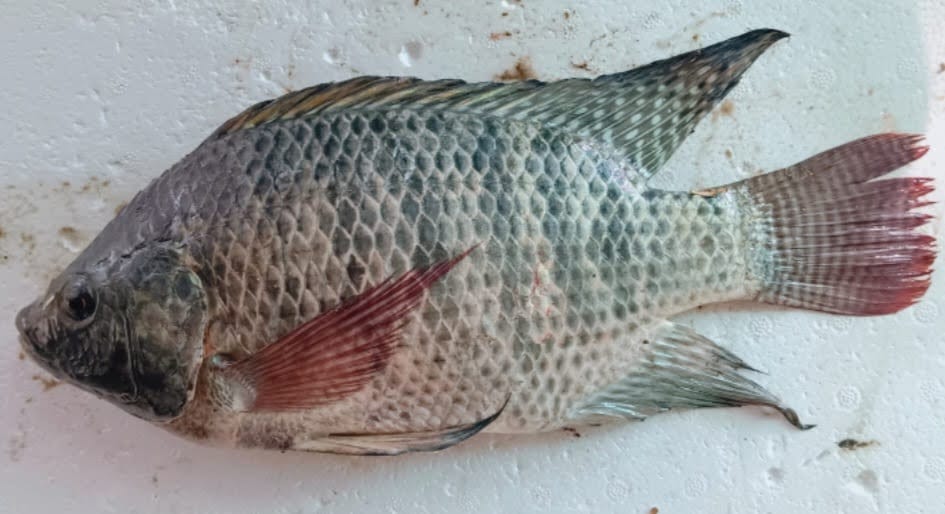African fish- Tilapia knocked Udaipur lakes system

Udaipur. An African fishTilapia poses a threat to varieties of native fish in the famous lakes at Udaipur.This fish has been recorded in the recent past from Pichhola,Fateh Sagar and Govardhan Sagar lakes of Udaipur.
Dr L L Sharma, Limnology expert and former Dean of Fisheries College, Udaipur stated that the fish is identified as Oreochromis niloticus and commonly known as "Nile Tilapia" is known to breed repeatedly to increase its population resulting in the suppression of native fish population in a few years. As per an authentic survey of fish fauna conducted by Zoological Survey of India in 2001 in Pichhola lake 40 fish species have been recorded. To this at least 5 more species have been added in the last 25 years.
In the opinion of Dr Sharma this invasive species can drastically modify the ecosystem of the entire Bedach river system and adjoining waters to affect the biodiversity of indigenous fish fauna.
It is to mention here that Tilapia was accidentally introduced in the Jaisamand lake about 35 years ago which subsequently dominated in the fish catch due to its prolific breeding and high parental care phenomenon.For breeding nests are made in lake bottom which makes water turbid and also released nutrients from sediments to further intensity process of nutrient enrichment(eutrophication). Earlier researchers have clearly shown that Udaipur lakes are already affected by eutrophication at various degrees.in the recent past this fish has been abundantly appearing in the commercial catches of Udaisagar lake and thus probably entered into the Udaipur lake system by reverse migration during the overflow period in monsoon.
Dr Sharma further stated that decades of field research clearly indicated that the Udaipur lakes provide a favourable niche for this fish native to the Nile river basin in Africa.
Being an omnivorous fish its main food is plant-based consuming phytoplankton and aquatic weeds but it also devours the eggs and even the young ones of local indigenous fishes.
The researchers said that while most of the commercial native fish breed only once a year during the monsoon season, Tilapia breed at least 5 times in a year in stagnant waters.Moreover,its newborns attain maturity after two-three months of birth.This species of fish multiplies rapidly once it enters a large water body
as a single fish can lay 250 to 900 eggs at a time depending on their size.
Once established in a water body Tilapia in course of time can overpopulate and dominate, resulting in competition among tilapia for food and space. This leads to the phenomenon of ‘dwarfism’ in Tilapia producing stunted dwarf sized fish of less than 150 gms. Regarding possible impact of Tilapia on lake ecosystems, it can be presumed that water quality parameters may be affected with low oxygen,elevated ammonia and carbon dioxide and turbidity. Moreover,the high population of Tilapia produces its metabolic wastes(faecal matter) in greater amounts leading to further intensity eutrophication which may promote abundant growth of blue green algae in water thereby further degrading water quality.
Predatory local Cat fishes like sanval,Lanchi,Seenghada etc should not be removed from the lake for natural control of Tilapia. Likewise,Regular ‘thinning’ of Tilapia population by selective controlled fishing is yet another option to control Tilapia.Yet another suggested remedy for Tilapia is stocking 100 mm sized fish seed (fingerings) of local carps may be done to effectively suppress Tilapia population explosion. Such attempts have been made in Malampuzha reservoir of Kerala.
साभार :
© CopyRight Pressnote.in | A Avid Web Solutions Venture.






